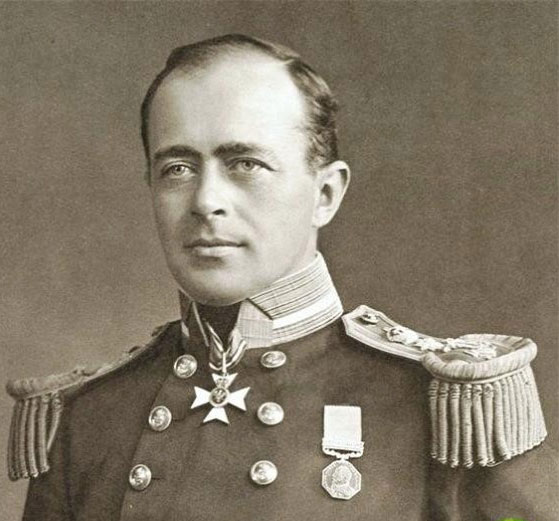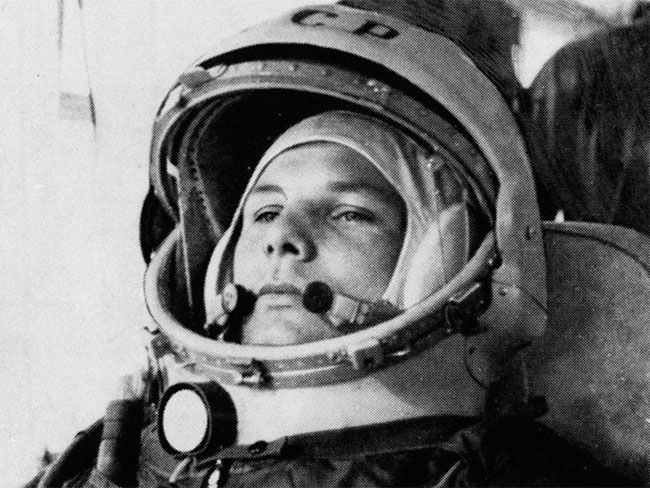The greatest explorers in the world
The achievements of the first great explorers in the world are infinite challenges for mankind to bring people to the mystical and unknown.
Neil Armstrong - The first person to set foot on the Moon
Neil Armstrong (born August 5, 1930, died August 25, 2012) is an American astronaut and the first man to set foot on the Moon, during his Apollo 11 voyage, with two astronauts Buzz Aldrin and Michael Collins.

Astronaut Armstrong, Collins and Aldrin (from left).
In the early 60s, the US Aeronautics and Space Agency (NASA) began to achieve its goal of "bringing a man to the Moon safely, and bringing this astronaut back to a peaceful ground". At that time, the goal given by NASA was something that the American public and the whole world had never thought about.
On July 16, 1969, the Apollo 11 ship, with three astronauts Neil Armstrong, Michael Collins and Buzz Aldrin left the launch pad at Kennedy Space Center. On July 19, 1969, Apollo 11 flew into the orbit of the Moon.
On July 20, 1969, the first manned flight in the world successfully landed on the Moon's surface. Neil Armstrong and Buzz Aldrin became the first astronauts to set foot on the Moon. Humans' desire to conquer the moon has become a reality.
As soon as he stepped from the spacecraft to the Moon, Neil Armstrong said: 'This is a small step for a human being, but a huge step forward for humankind'.
In this landing, two astronauts Neil Armstrong and Buzz Aldrin - in addition to successfully plugging the American flag on the Moon, they also collected soil samples and Armalcolite minerals.
In some later studies, American scientists found that the oxygen isotope ratio on the Moon is exactly the same as below the Earth and the Armalcolite mineral is also present in many places on Earth. This reinforces the theory that the Moon was formed after the massive impact of an asteroid on Earth about 4.5 billion years ago.
Amundsen - The first person to set foot in Antarctica

Amundsen explorer.
In 1911, British explorer Scott and Norwegian explorer Amundsen competed in Antarctica. As a result, Amundsen was 33 days earlier than Scott, and became the first to arrive in Antarctica.
Abel Janszoon Tasman - The first explorer to discover New Zealand
On December 13, 1642, Dutch explorer Abel Janszoon was the first to discover islands in the South Pacific, now known as New Zealand. During the expedition, Tasman and his crew faced many dangers, especially when confronted with the island's aborigines, many of his sailors were killed here.

Abel Tasman Janszoon.
In August 1642 Tasman was appointed commander of the expedition entitled "Mysterious Southern Land". This trip was intended to go to the South Pacific, but could not be reached immediately.
On December 13 the expedition saw the land on the northwest coast of South Island, one of New Zealand's two main islands. After some initial exploration he anchored to the east bank, and nine days later was the first European to see New Zealand.
Yuri Gagarin - The first person to fly into space

Yuri Gagarin.
On April 12, 1961, humans became the species that conquered the universe when astronaut Yuri Gagarin flew into orbit on a high-altitude flight lasting 108 minutes above Earth.
When making a historic flight marking an important milestone in understanding and exploring this universe, Yuri Gagarin is only 27 years old. Before a few weeks when deciding to bring Gagarin to space, another ship was launched to ensure safety. The ship is called Vostok 3KA-2, carrying a man named Ivan Ivanovich and a dog named Zvezdochk. In 1993, the mannequin was auctioned at the famous Sotheby auction house.
In 1968, while training with MiG-15, Gagarin and his pilot guided V. Seregin to meet at about 10:31 am when he completed his homework and left forever at age 34.
Peary - The first person to set foot on the North Pole

Peary's expedition arrived in the North Pole.
In the summer of 1908, Peary decided to go deep into the far north of the earth. Leaving New York on July 6, 1908, the USS Roosevelt took him to the North to Sheridan's nose from here, on 1-3-1909 Peary and five companions, including a black man. use sled dog sled into the icy area .
Until April 6, 1909, the expedition led by Peary came to a position named Camp Jesup which he believed was the northernmost point of the Earth and became the first to arrive in the icy region. this.
- The most unique crystal cave in the world
- The fatal mistake of genius
- The 10 greatest innovations in the history of world materials
- The greatest teachers in world history
- The two explorers came down to the
- Who is the greatest genius of all time?
- 6 explorers killed in tunnels in Spain
- Secret club for adventurers
- NASA's explorers 'died' after 15 years of exploring Mars
- Heat shield in Mars mission $ 2 billion cracked
- The explorer 'mummy' was found in 'ghost yacht'.
- The greatest hunt in the ocean
 'Fine laughs' - Scary and painful torture in ancient times
'Fine laughs' - Scary and painful torture in ancient times The sequence of numbers 142857 of the Egyptian pyramids is known as the strangest number in the world - Why?
The sequence of numbers 142857 of the Egyptian pyramids is known as the strangest number in the world - Why? History of the iron
History of the iron What is alum?
What is alum?